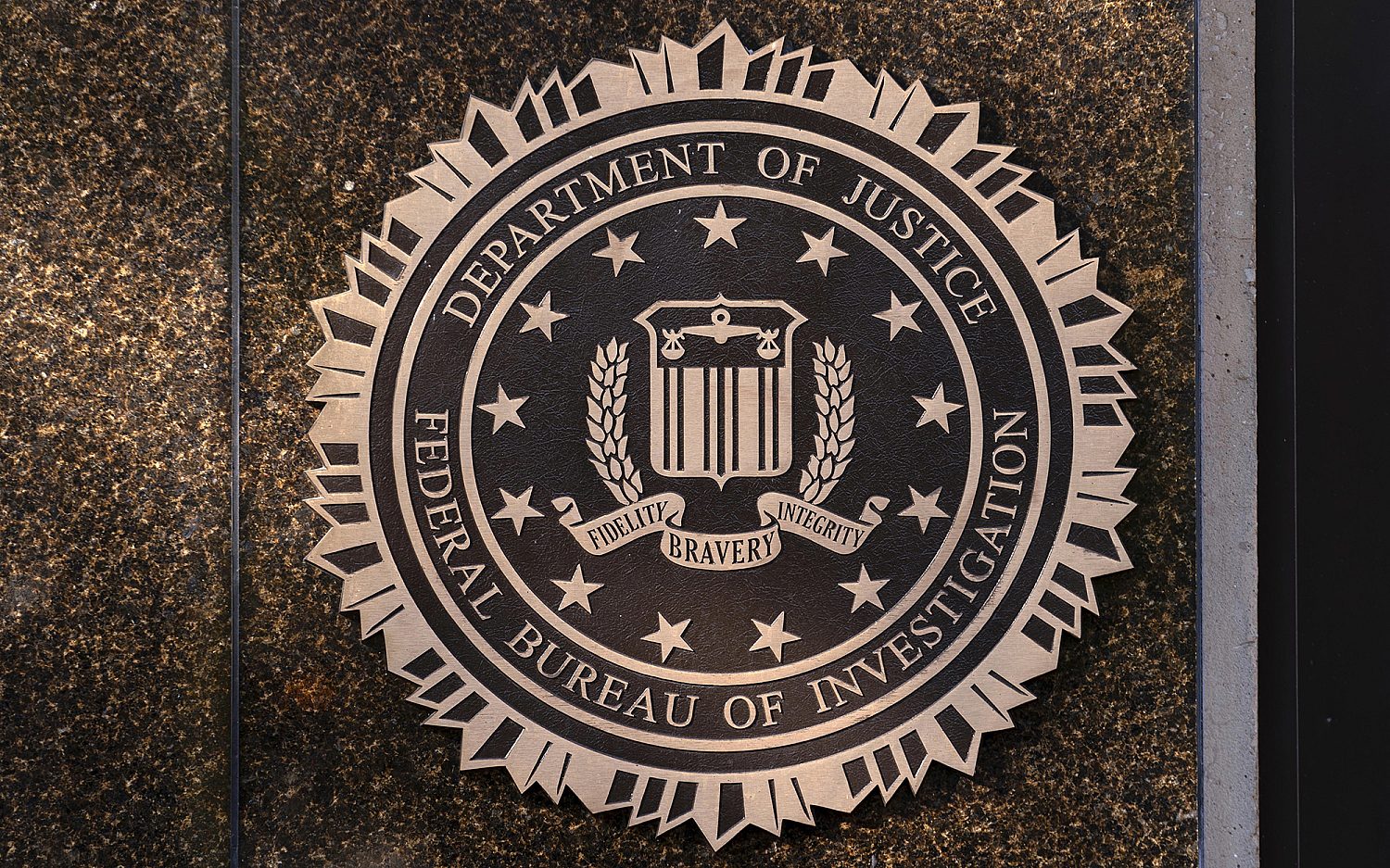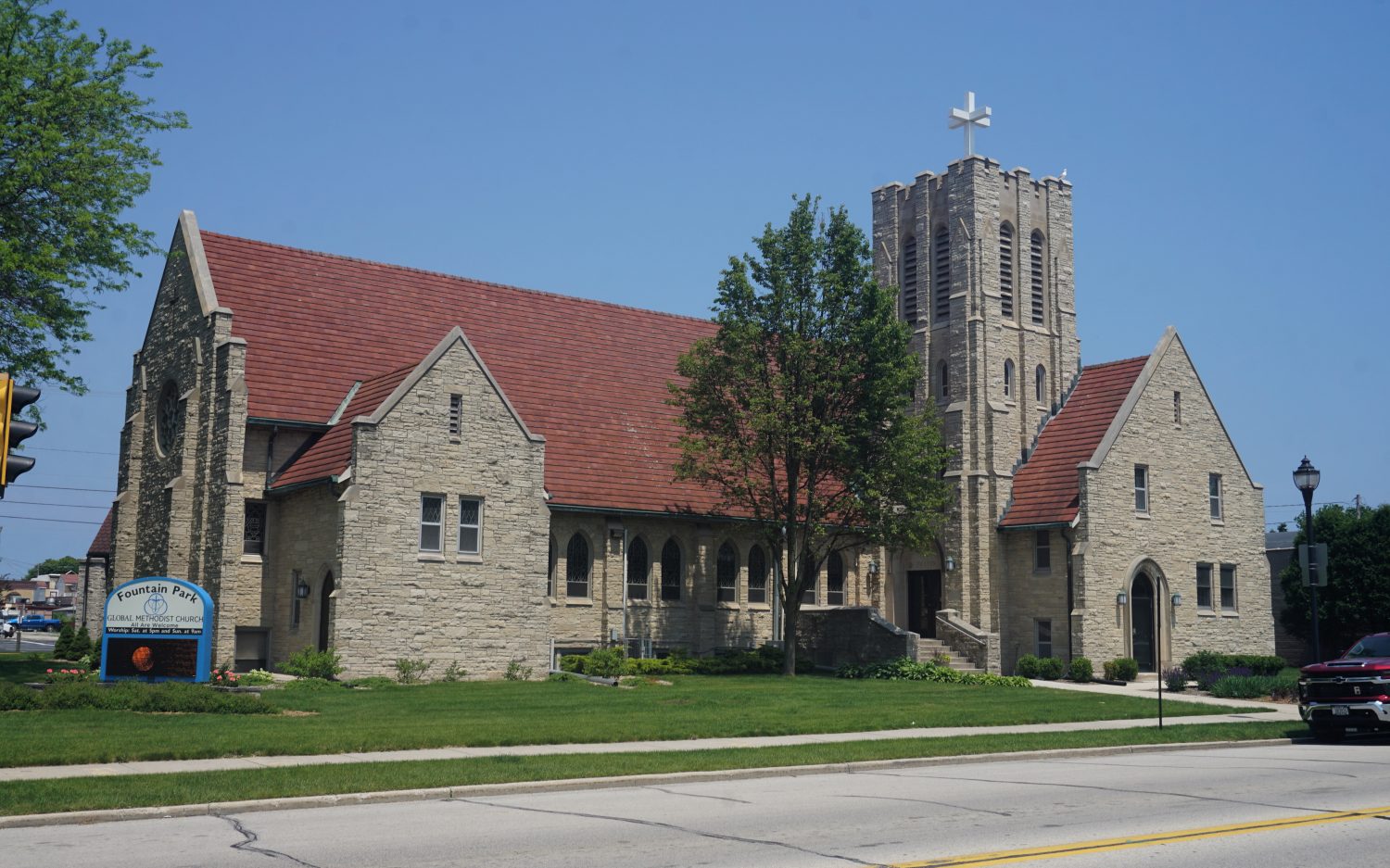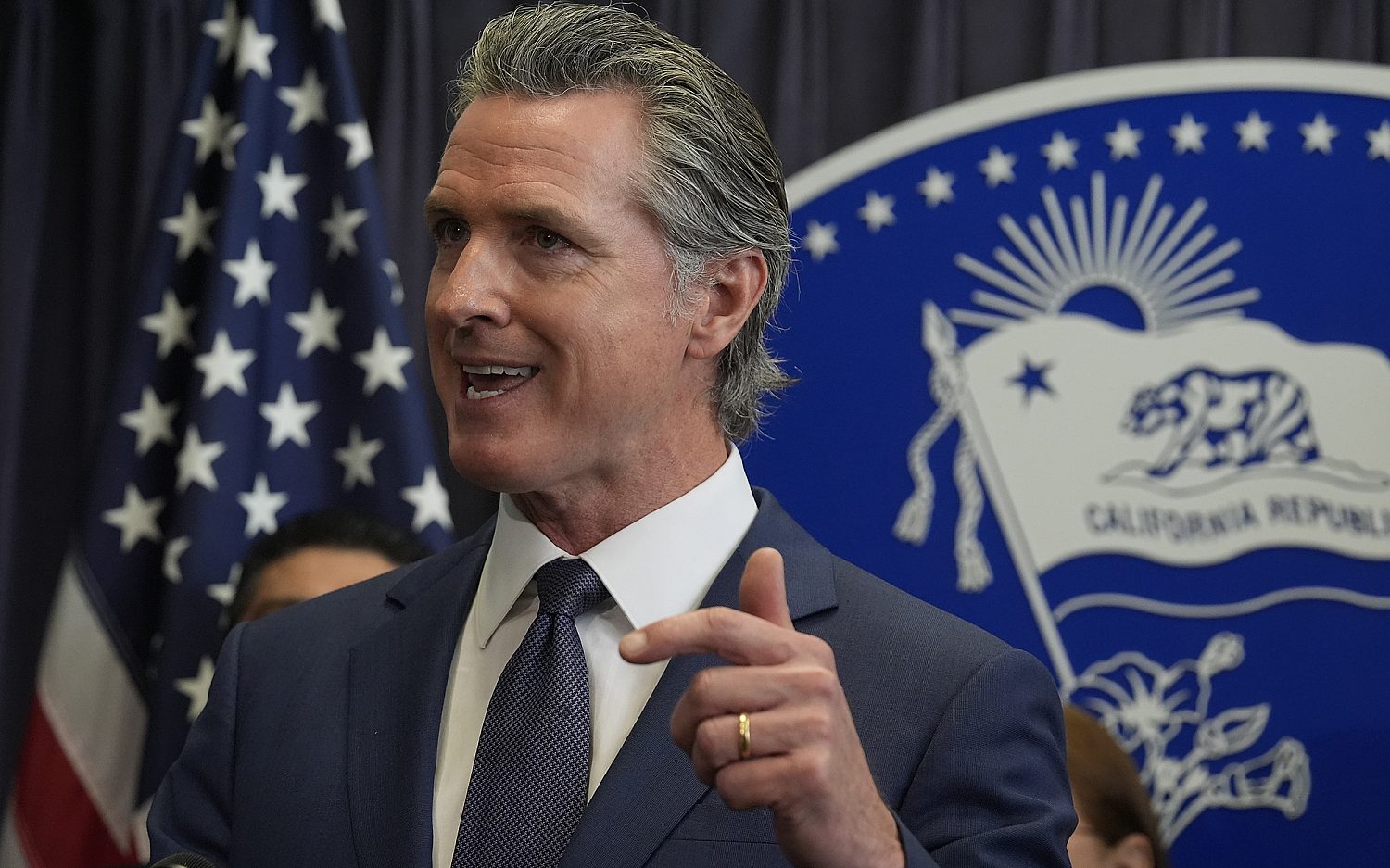Calls for opioid antidotes grow amid increase in overdoses
Every day, more than 1,000 people get emergency room treatment for misusing prescription pain relievers. Opioid overdoses surpassed car accidents in 2008 as the leading cause of accidental death in America among people aged 25-54, according to the Centers for Disease Control and Prevention. Some who died would still be alive if more police officers carried an easy-to-administer antidote.
Opioids are manmade morphine-based prescription pain relievers—the strong kind. The larger family of opiates includes naturally sinister drugs like heroin. With opioid addiction now a national epidemic, doctors are making progress in prevention (better monitoring of prescriptions) and rehab, but first responders need an antidote to what might otherwise be a fatal dose of morphine-based drugs (including OxyContin, Oxycodone, Methadone, and heroin).
Small organizations like the Chicago Recovery Alliance (CRA) have been distributing an antidote, naloxone, since 1997, and some doctors have used it since 1971.
“Naloxone is the perfect antagonist to any and all opiates … a pure antidote,” CRA director Dan Bigg told Joshua Lyon, author of Pill Head. Unlike many others antidotes, naloxone has no potential for abuse because it does not make a person high.
Harm reduction centers such as CRA or the North Carolina Harm Reduction Coalition (NCHRC) have typically distributed the antidote directly to users and their family members. But Lyons notes one problem: Some see harm reduction centers as “needle exchange programs for heroin addicts,” and the stigma surrounding them—if they’re located in “the bad part of town”—prevents some middle- and upper-class addicts and their family members from receiving the required training and antidote prescriptions.
NCHRC argues all first responders should carry Narcan, a naloxone-based nasal spray, and some police departments across the state now have it. Police in Fayetteville, who started using it in April 2015, and Greenville, since December 2014, already have saved numerous lives. Asheville firefighters have carried Narcan kits in their trucks since October 2014: On average they administer five Narcan doses per month.
Life-saving success via Narcan has led some to point to another problem: Will widespread distribution of antidotes give addicts a false sense of security, believing a safety net exists, albeit one with gaping holes? Advocates say no: Addicts tend to take whatever they have to gain the next high, without assessing the danger rationally.
An actual newsletter worth subscribing to instead of just a collection of links. —Adam
Sign up to receive The Sift email newsletter each weekday morning for the latest headlines from WORLD’s breaking news team.




Please wait while we load the latest comments...
Comments
Please register, subscribe, or log in to comment on this article.